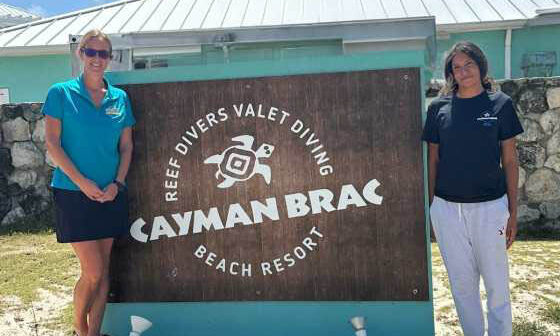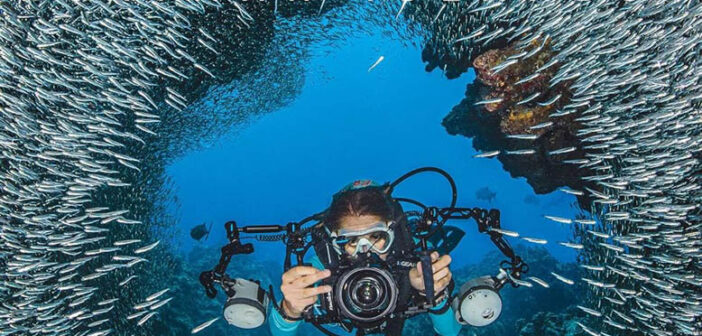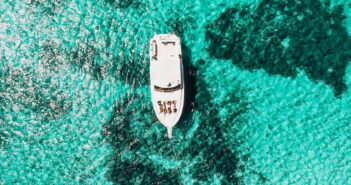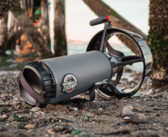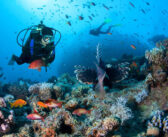The Scuba News Cayman Islands

Edmund Fitzgerald
On 10 November, 1975 the Great Lakes freight vessel, the Edmund Fitzgerald, sank in a…

Reconciliation requires recognizing rights-based fishing
Fishing is as emblematic to Canada as ice hockey. It’s also a way of life with a long tradition in coastal Indigenous communities. But since European contact, it’s been all but eliminated as an economic development opportunity for them.
Reconciliation requires recognizing rights-based fishing
Fishing is as emblematic to Canada as ice hockey. It’s also a way of life…
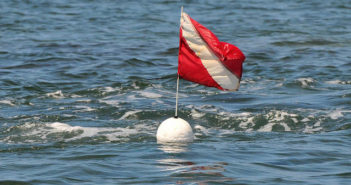
Flag systems regulate boat traffic around scuba-diving sites
A diver-down flag warns boat operators that a scuba diver is in the water and they should proceed slowly, keeping a wide berth from the divers. The onus is on the divers to stay within a specific distance of the flag when near the surface, and also underwater. It is within a larger area around the flag that boats may not enter, usually between 50 to 300 feet of the dive flag. This flag is also used to identify a location where diving gear is sold or rented.

Flag systems regulate boat traffic around scuba-diving sites
A diver-down flag warns boat operators that a scuba diver is in the water and…
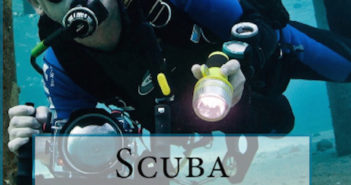
Scuba Fundamental – Start Diving the Right Way
Scuba Fundamental is a unique book for people who are thinking of learning to scuba dive. It tells them what they need to know and should do BEFORE they sign up for a course. It also gives them impartial and reliable advice on important things about learning to dive that nobody ever tells prospective divers about and that they only find out much later: sometimes too late.

Kiwis Unite to Call for Action on Climate Change
Just home from UN climate talks in Marrakech, Climate Change Minister, Paula Bennett was sent an open letter recently from businesses, health professionals, climate scientists, academics, faith groups, and prominent New Zealanders calling for action on climate change.
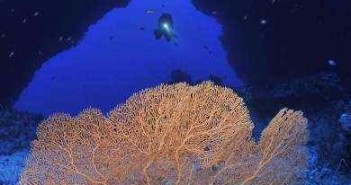
Kiwis Unite to Call for Action on Climate Change
Just home from UN climate talks in Marrakech, Climate Change Minister, Paula Bennett was sent…
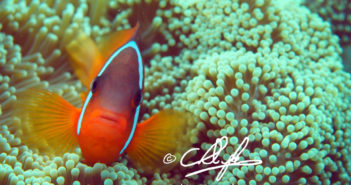
Cyclones and Clownfish
6.30am, 20th February, 2016. My Resort Manager was frantically banging at my door. Category 5 Cyclone Winston had suddenly changed track a few hours ago. We were due to miss the brunt of him but now we were in trouble as he was heading straight for us. As the dive center manager at the time, many thoughts were racing through my fuzzy morning head. Coffee?

Cyclones and Clownfish
6.30am, 20th February, 2016. My Resort Manager was frantically banging at my door. Category 5…

Latest Double Discount Offers from Award Winning blue o two
Take a look at our latest special offers including Red Sea liveaboard holiday deals from only £699 including flights to Hurghada and Maldives liveaboard offers now starting from as little as £1695 including flights!

Latest Double Discount Offers from Award Winning blue o two
Take a look at our latest special offers including Red Sea liveaboard holiday deals from only £699 including flights to…
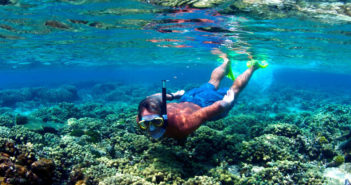
Ocean Frontiers Expands Snorkel Adventures Ahead of High Season
Cayman’s warm clear waters and vibrant reefs attract divers and snorkelers from around the world,…
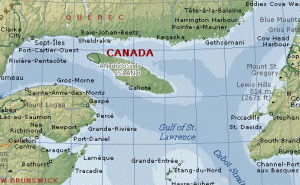
ANTICOSTI Island… A Writer’s Dream
In less than the last 400 years, there have been in excess of 400 shipwrecks on the rocky shores of Anticosti Island.
ANTICOSTI Island… A Writer’s Dream
In less than the last 400 years, there have been in excess of 400 shipwrecks…
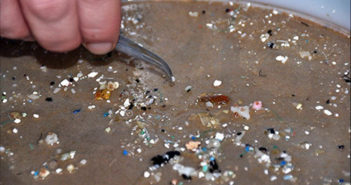
Ecojustice applauds federal ban on microbeads
The Canadian government has announced a ban on microbeads, and this progressive move will keep this harmful plastic pollutant out of Canada’s waterways. When products containing microbeads, such as cleansers, lotions and toothpastes, are used and rinsed down the drain, these bits of plastic — typically 1.0 millimetre or smaller in diameter — are too small to be caught by wastewater treatment facilities. Instead, they are flushed directly into lakes, rivers and streams, where they wreak havoc on wildlife. Scientists have found millions of microbeads in the Great Lakes, with the highest concentrations occurring near urban areas.
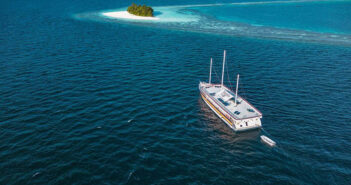
Ecojustice applauds federal ban on microbeads
The Canadian government has announced a ban on microbeads, and this progressive move will keep…
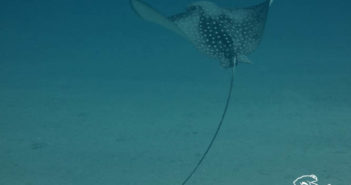
Running for Sharks
A conservation virtual running event has captured the public’s attention and turned from a solo event into a global one, with runners around the world signing up to participate.
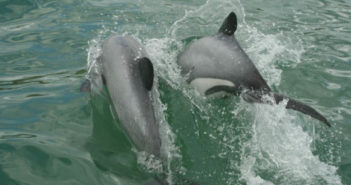
Acoustic Monitoring of Māui Dolphins a Success
Māui’s dolphin, a subspecies of Hector’s dolphin found off the west coast of the North Island, is the rarest marine dolphin and has approximately just 63 individuals remaining in the wild. This critically endangered dolphin needs all the help it can get to recover from fisheries bycatch.
Acoustic Monitoring of Māui Dolphins a Success
Māui’s dolphin, a subspecies of Hector’s dolphin found off the west coast of the North…


